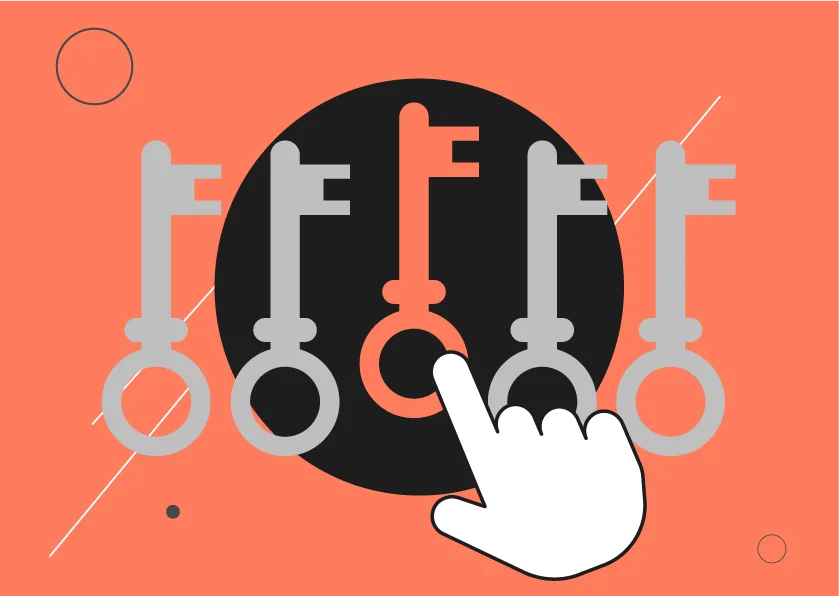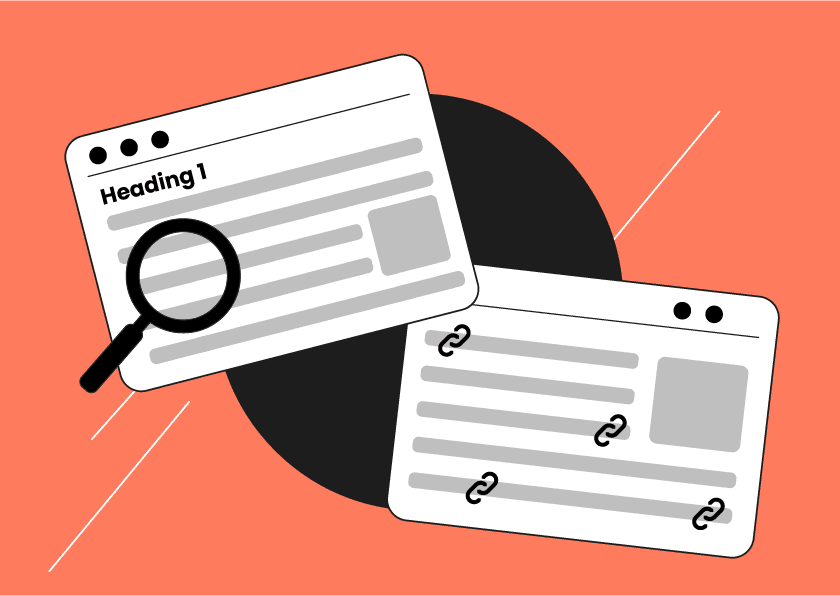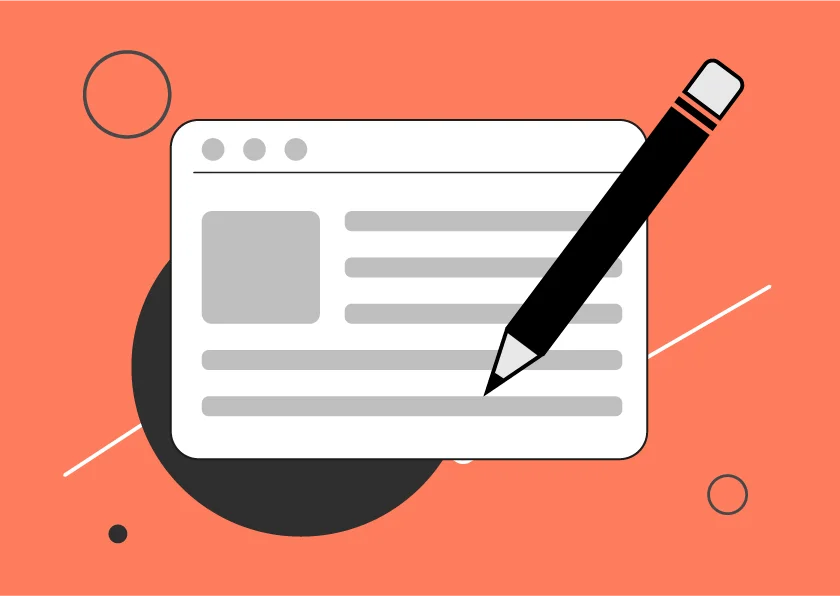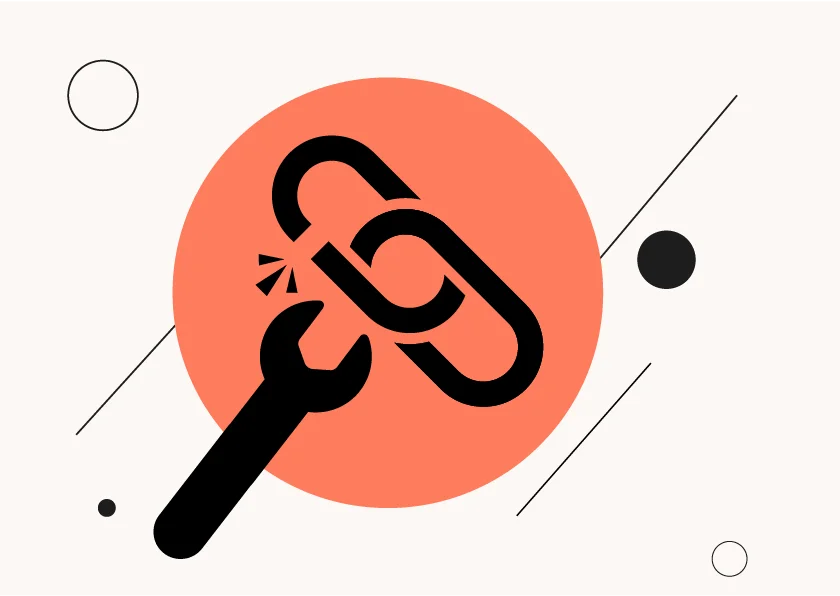Text links, also commonly referred to as hyperlinks, are clickable words, phrases, or images that allow users to easily navigate from one web page or website to another. They are one of the fundamental building blocks of the internet – connecting information across websites via interactive links.
But text links provide value far beyond just enabling connectivity across the web. They play a crucial role in:
- Site navigation and usability
- User experience
- SEO and driving search traffic
This comprehensive guide on text links will cover everything you need to know about how to use them effectively to boost your website’s rankings and provide visitors with a seamless browsing experience.
We’ll explore the key types of text links, their impact on user experience, and how proper linking structure can significantly improve your SERP rankings by enhancing link equity and domain authority.
You’ll also learn text link best practices to follow for ethical, white-hat link building that saves you from Google penalties.
By the end, you’ll understand:
- The top types of text links and their differences
- How to use text links to improve site navigation
- Steps for earning high value backlinks
- Best practices for optimizing anchor text
- How to clean up toxic links harming your site
So if you want to leverage the power of strategic text links to send more organic traffic to your site, you won’t want to miss this detailed guide.
Key Types of Text Links

There are many different kinds of text links that serve varied purposes. Before diving into specifics on how text links impact search rankings and user experience, it’s helpful to understand some of the main types of text links you’re likely to use or come across:
Backlinks
A backlink refers to an incoming hyperlink from an external site pointing back to a page on your website. Backlinks remain one of the most important ranking factors for SEO.
Securing backlinks from high quality, authoritative sites indicates to Google that useful, relevant content exists on those pages meriting a link. In turn, Google associates your site with quality too.
Deep Links
Deep links take users directly to a specific page instead of your homepage. For example, a link directing users straight to your blog post on anchor text rather than your main landing page.
Deep links allow site visitors easy access to your most relevant, useful content without needing to navigate from your homepage.
Navigation Links
Navigation links provide visitors movement between the different pages of your site. Main navigation links usually occur in page headers or menus. They help visitors easily find what they need on your site.
Anchor Links
Also sometimes known as jump links, anchor links allow users on a long web page to hop around a document without excessive scrolling. They “anchor” to a specific heading or section further down the page.
Footer Links
Footer links typically take users to popular site pages like About Us, Contact, Terms of Service etc. Standard sections site visitors expect shortcuts for. Well-designed footer links enhance site usability.
Text Links for Improved UX

Text links don’t just assist search engine crawlers in discovering and indexing web pages. When used effectively, they greatly enhance user experience.
Well-placed text links with descriptive anchor text can help visitors easily navigate between site sections and find relevant information faster.
Reducing Bounce Rates
Excessively high bounce rates indicate problems with site satisfaction and engagement. Often, lack of text links or confusing site architecture causes visitors to leave prematurely.
Strategic internal linking provides more click path opportunities. Anchor links connecting page sections reduce need for disruptive scrolling. These factors lower bounce rates.
Keeping Pages Easy to Navigate
Trying to scroll through long pages or figure out how to access related content frustrates visitors. They may abandon your site entirely.
Text links provide an easy way for users to self-navigate your site. This saves them time while giving you more opportunity to deliver value before exit.
Using Anchor Links to Connect Content
Long pages and blog posts often contain different topics or sections. Anchor links help connect these segmented sections together for readers.
For example, anchor linking from your table of contents straight to sections on “anchor text examples” or “Backlink Strategies”.
This vastly improves reader experience compared to endlessly scrolling in search of the information they actually want from a page.
Text Links for Higher Rankings

Text links, particularly quality backlinks from external sites, remain one of the most important ranking signals for SEO according to Google.
Optimizing linking structure, both internal and external, is hugely impactful for higher rankings.
Backlinks and Link Equity
Backlinks pass “link equity” to your site, lending it some of the authority of the linking page. More backlinks = more authority passed to your website.
But poor quality or completely irrelevant sites linking to you fail to boost authority or could even harm your domain.
This is why getting backlinks from reputable sites with high domain authority is ideal.
Optimizing Internal Linking
Proper internal linking between site pages assists crawlers in discovering and indexing new content. This leads to pages getting ranked faster.
Interlinking related content also helps search engines better understand page topic relevance. Resulting in better rankings.
Say your site covers SEO tips. An internal link from your content on backlinks to a related guide on improving site crawlability would be logical and helpful.
Securing Backlinks Ethically

Gaining backlinks remains one of the best ways to improve search rankings. But poor link building approaches can seriously harm your site.
Many low quality link networks promise quick results but involve manipulative tactics violating search engine guidelines. Avoid these risky options.
Dangers of Black Hat Linking
So-called “black hat linking” refers to deceptive link practices like:
- Comment spamming
- Page duplicating
- Hidden text
- Doorway pages
Usage can lead to Google penalties or banned sites. Stick to ethical, white hat link building strategies only.
Importance of High-Quality Domains
A single link from an authoritative site in your industry is worth far more than dozens from shady or irrelevant websites.
Focus on earning links naturally from quality sites through valuable content assets and outreach.
Creating “Link Worthy” Assets
Don’t expect to get links without giving value. Ensure your site offers in-depth guides, data resources, tools etc that sites would reasonably link to.
Useful assets that make external sites want to refer traffic to you in exchange for the value you provide to their audience. This forms the foundation of strong link building.
Key Text Link Best Practices
How you utilize text links can have an enormous influence over their impact on UX and organic search performance.
Follow these core best practices for properly leveraging links:
Descriptive Anchor Text
Avoid vague anchor text like “click here”, “this page” etc. Use clear phrases summarizing what the link leads to instead.
For example, “tips for writing anchor text” provides useful context vs a vague “this page” link.
Varying Anchor Text
Where possible, incorporate some anchor text variety rather than repetitively linking a single phrase.
Over-optimization with the exact same anchor text triggers spam suspicion. Blend it up.
Using Nofollow Appropriately
Nofollow on paid links avoids passing equity from ads. Also use for user links to prevent comment spamming.
But avoid slapping nofollow links on valuable mentions from brand ambassadors or collaborators.
Cleaning Toxic Links
An old bad link blast could still be hurting your site. Audit for low quality links and use Google disavow to remove their influence.
Linking Out to Authority Resources
Strategically linking out to quality resources helps search bots see you as a subject authority. But don’t overdo it.
Text Links FAQ
What’s the difference between a follow and nofollow link?
The nofollow attribute applied to a link tells search engines not to pass authority or equity from that link. Follow links pass equity normally.
What are redirect links?
A redirect link automatically forwards visitors from one webpage to a different page. For example, from an outdated product page to an updated one.
Can I get penalized for too many links?
It’s unlikely unless the links clearly violate guidelines, like thousands of paid links. Natural links from quality sites are encouraged, even in higher volumes.
Is anchor text the same as link text?
Essentially yes – they both refer to the clickable, visible text that users see as the linked portion leading to your content. Optimizing it remains an SEO best practice.
Conclusion
Text links represent a vital component of both user experience and search engine optimization.
When leveraged effectively, they interconnect websites and help visitors seamlessly self-navigate your site architecture through clicks rather than excessive scrolling.
Quality backlinks send trust signals that can boost your homepage and content’s authority in the eyes of Google and other search engines. Helping you capture that coveted first page ranking spot for valuable organic traffic.
By understanding the main types of text links, how they impact UX and search performance, and following ethical link building best practices – you’ll be well positioned to start benefiting from strategic text links.
Key next steps include:
- Conducting a website link audit
- Cleaning up toxic links
- Creating internal navigation links
- Publishing “link worthy” assets
- Securing high quality backlinks through content and outreach
Properly optimizing text links can seem intimidating. But taking it step-by-step to refine your linking structure will compound over time into positive results.
So dive in, get linking, and clink glasses later to better UX and higher search rankings! Cheers.





